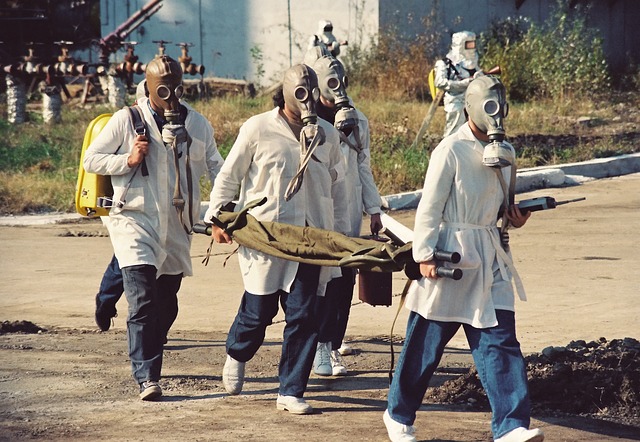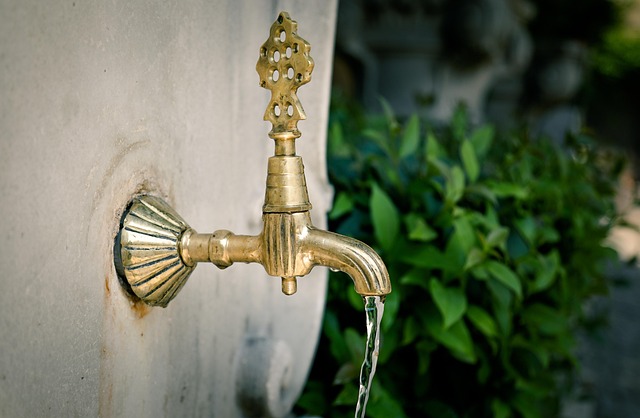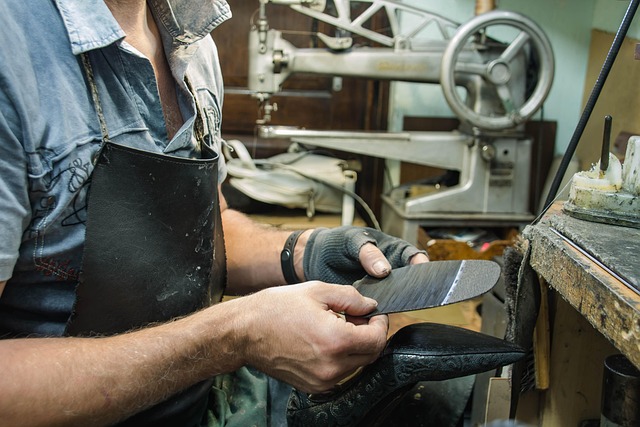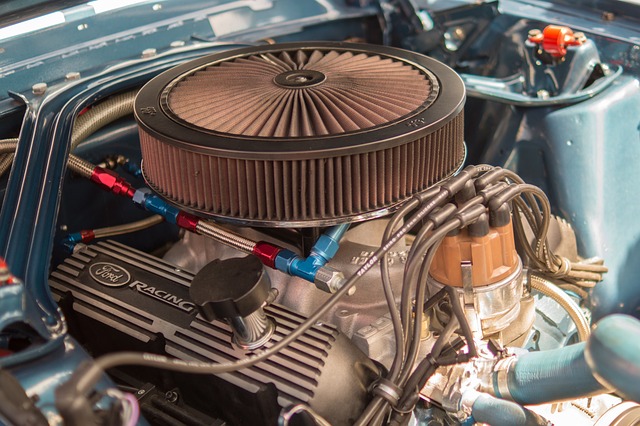Flooding poses significant risks to plumbing systems, requiring swift professional intervention for effective damage mitigation and prevention of long-term issues. Homeowners should prepare by maintaining and upgrading their plumbing, understanding system components, and keeping emergency tools ready. After a flood, immediate safety measures, main water shut-off, and professional assessment are crucial. Plumbers address leaks, blockages, and sanitization while restoring essential services promptly. Proactive steps like waterproof barriers, drainage maintenance, appliance elevation, and flood protection devices significantly enhance preparedness for flooding emergencies.
In the face of flooding, your plumbing system faces a significant test. Understanding the potential damage and taking proactive measures is crucial for a swift recovery. This article guides you through the entire process, from recognizing the impact of flooding on plumbing to implementing preventive strategies. We offer essential tips for a quick response, outlining common causes of failures and immediate action steps. Learn how to restore your home’s plumbing effectively and protect against future flooding events.
- Understanding Flooding's Impact on Plumbing Systems
- Common Causes of Plumbing Failures During Flooding
- Preparing for Quick Response: Emergency Plumbing Tips
- Assessing Damage and Immediate Action Steps
- Restoring Your Home's Plumbing After a Flood
- Preventive Measures to Shield Against Future Flooding
Understanding Flooding's Impact on Plumbing Systems

Flooding can wreak havoc on plumbing systems, causing significant damage and disrupting essential services. When water levels rise, it infiltrates pipes, valves, and fixtures, leading to potential leaks, blockages, or even complete system failures. The impact is twofold; not only does it cause immediate disruptions during the flood but also leaves behind moisture that can lead to long-term issues such as mold growth and corrosion.
A quick response is crucial when dealing with flooding to mitigate these problems. Plumbers equipped with emergency services understand the urgency of the situation and are trained to act swiftly. They employ specialized techniques and tools to assess, contain, and repair plumbing damage efficiently. This not only ensures a faster restoration of plumbing functionality but also helps to prevent further complications that may arise from flooded homes or buildings.
Common Causes of Plumbing Failures During Flooding

During flooding events, plumbing failures are common due to the immense water pressure and potential for electrical damage. Burst pipes are one of the most visible consequences, often occurring when water pressure exceeds the pipe’s capacity, leading to sudden breaks. This can be exacerbated by outdated or substandard piping materials that haven’t been designed to withstand extreme conditions. Additionally, power outages caused by flooding can activate backup sump pumps or cause electrical failures in plumbing systems, further complicating matters. The rapid rise in water levels during floods also contributes to these issues, as it doesn’t allow for gradual pressure release and increases the risk of pipe damage and potential contamination due to sewage backing up into clean water lines.
A quick response is crucial when addressing plumbing failures during flooding. Prompt action by emergency plumbers can mitigate further destruction, prevent health hazards, and reduce costs associated with repairs. They employ specialized techniques and tools to assess the situation swiftly, such as using advanced detection methods to locate burst pipes or clogged drains quickly. This enables them to implement effective solutions like repairing or replacing damaged pipes, restoring water pressure, and ensuring proper drainage systems to minimize disruptions caused by these plumbing emergencies.
Preparing for Quick Response: Emergency Plumbing Tips
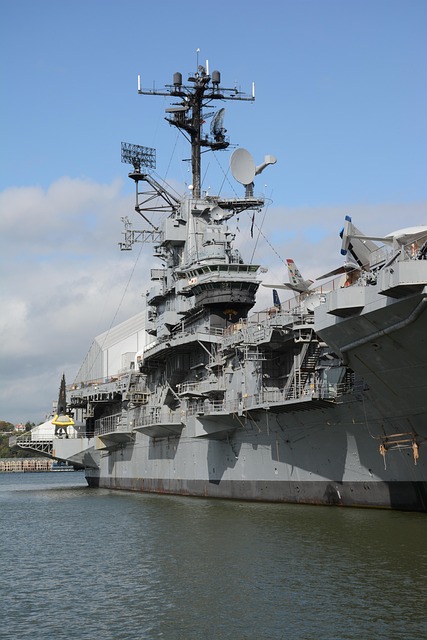
Preparing for a quick response is half the battle won when it comes to emergency plumbing, especially during flooding situations. Homeowners should regularly maintain and upgrade their plumbing systems to ensure they are ready to face such challenges. This includes checking for any leaks or blockages in pipes, maintaining clear drains, and installing modern, efficient fixtures that can withstand potential water pressure surges. Having a basic understanding of how your plumbing works is also invaluable; knowing where shut-off valves are located enables you to act swiftly and stop the flow of water during an emergency.
In addition, keeping essential tools at hand, such as pliers for tight connections and a bucket to catch water, can make a significant difference in the speed and efficiency of your response. Stocking up on supplies like sandbags and plastic sheeting allows you to take immediate action to prevent or mitigate further damage caused by flooding. Regular maintenance checks with a professional plumber are also wise; they can identify potential issues before they escalate into full-blown emergencies, ensuring your home’s plumbing is always in top condition for a quick response.
Assessing Damage and Immediate Action Steps

After a flooding event, assessing damage quickly is paramount. The first step is to ensure everyone’s safety and turn off the main water supply to prevent further water from entering your home. Next, inspect visible signs of water damage, such as wall or ceiling cracks, water stains, or displaced fixtures. Look for potential hazards like broken pipes that could cause secondary damage or contamination. Document the damages with photos for insurance claims.
Immediate action is crucial in emergency plumbing situations. Contact a reliable 24/7 plumbing service offering quick response times. Explain the situation and provide details on the observed damage. They should dispatch a trained professional who can assess, contain, and begin mitigating the issue promptly to prevent further complications like mold growth or structural instability.
Restoring Your Home's Plumbing After a Flood
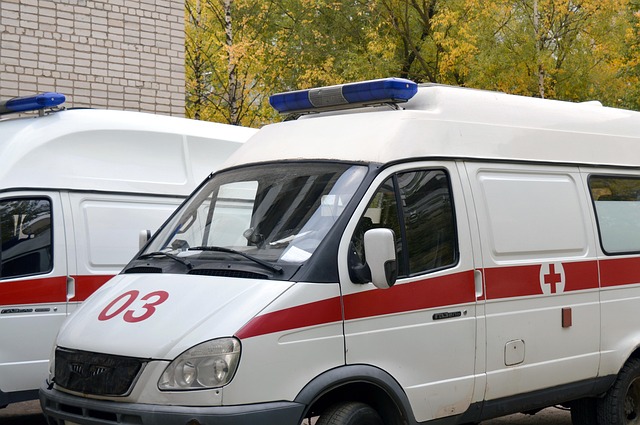
After a flood, restoring your home’s plumbing system is a top priority for a swift return to normalcy. The first step is to assess the extent of the damage and turn off the main water supply to prevent further leakage. Once safe, professional plumbers can inspect pipes, fixtures, and appliances affected by the floodwaters, ensuring everything is functional and free from contamination.
A quick response is key in effective flooding recovery. Plumbers can implement various strategies to restore plumbing systems, including repairing or replacing damaged pipes, sanitizing water lines, and reinstating heating and hot water systems. It’s crucial to work with experts who understand the urgent need for clean water and functional sanitation facilities during these challenging times.
Preventive Measures to Shield Against Future Flooding

Implementing preventive measures is key to shielding against future flooding, ensuring a quicker response during emergencies. Homeowners should invest in waterproof barriers and seals for their doors and windows, blocking any potential entry points for water. Regularly inspecting and maintaining drainage systems, such as downspouts and gutters, can prevent clogs that may lead to overflows. Additionally, elevating essential appliances and belongings can mitigate damage; this includes moving valuable items to higher levels or purchasing waterproof containers.
For areas prone to flooding, installing floodgates or check valves on pipes is a proactive step. These mechanisms act as barriers, stopping water from entering homes during heavy rainfall or rising waters. Lastly, staying informed about local weather forecasts and being prepared with an emergency kit are crucial for swift action when faced with potential flooding events.
